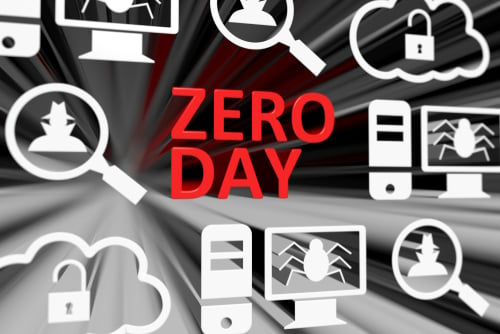From beauty tutorials to livestreams of political debates, YouTube has always been known for the diversity of its videos.
But you can't post just anything on YouTube. The company can ban whatever it considers "harmful or dangerous content."
And recently, they added instructional hacking and phishing videos to that list. Temporarily, at least.
Slate covered the controversy surrounding YouTube's choice:
But the larger issue is not whether one video—or one channel—crosses the line from ethical to dangerous content. It’s whether tech companies like YouTube’s parent Google view security researchers and their findings as threats and mischief-makers or as useful and important allies.
Of course, it is possible to use the techniques described in some of these videos for malicious—and illegal—purposes. But if the video-makers actually wanted to steal sensitive information or sell their vulnerabilities on the black market, then, presumably, they would not be making videos that give away the information for free to any interested viewer.
If you should someday find yourself in the position of discovering a computer security vulnerability, arguably one of the most responsible (and least lucrative) things you could do with that information is create a detailed tutorial explaining your discovery and then make it available to everyone free of charge.




